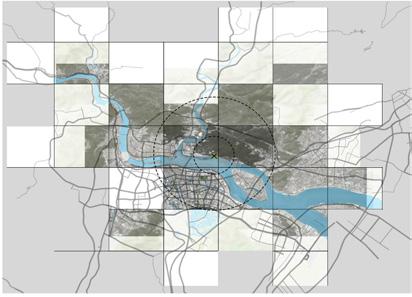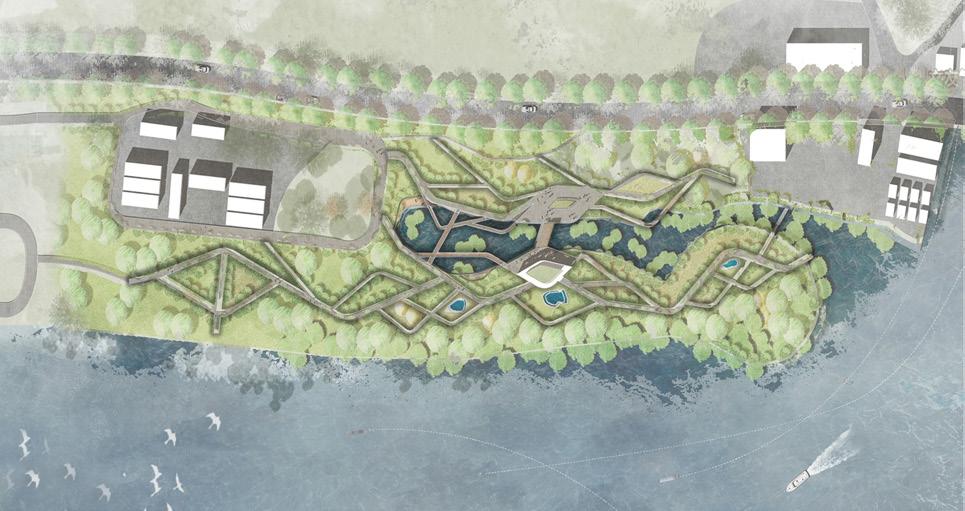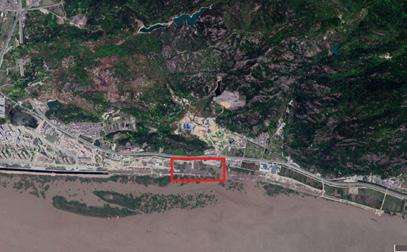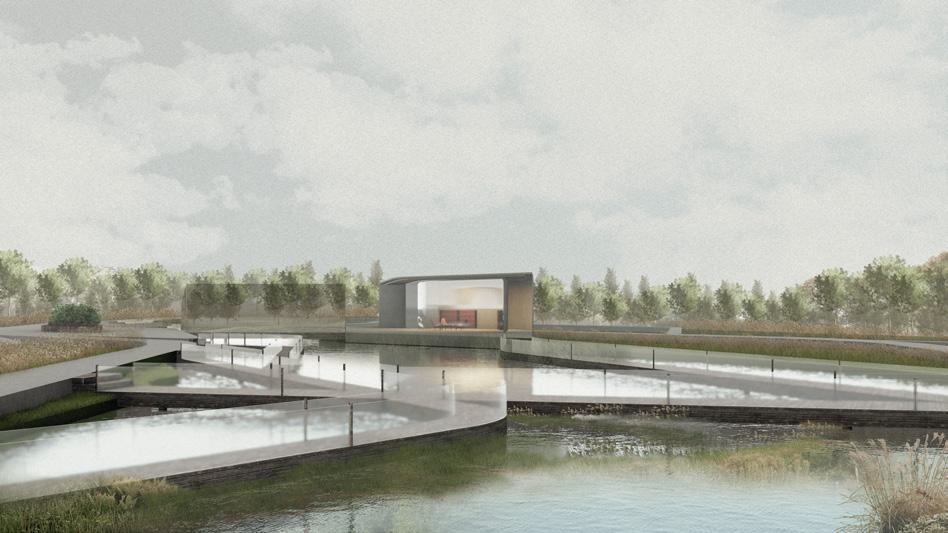
1 minute read
Mangrove Riverwalk
from Zhicheng-Portfolio
by Zhicheng Liu
The design goal of this landscape design project is to create a sustainable and inclusive public space that effectively addresses the site’s challenges, namely pollution, accessibility, and activation. The design strategy is based on the principle of “openness, diversity, and ecology” and uses an earthwork balance approach to meet the growth and habitat needs of various animals and plants, mainly mangroves. The design aims to remediate the site by utilizing the mangrove ecosystem and creating a space for local people to enjoy nature, while also activating the city’s vitality through landscape architecture.

Advertisement

Existing site condition
The project area is located near National Highway 104 in Yongjia County, Wenzhou City, Zhejiang Province, China. It is situated on the “backside” and is mainly characterized by urban villages, old houses, and industrial areas. The urban buildings have aged, resulting in a low spatial quality and many “urban blind spots.” The land is bare and loose, with some areas becoming unwalkable due to long-term vacancies and a lack of management. The surrounding weeds and harsh environment are in sharp contrast to the neighboring communities beyond National Highway 104. Additionally, the presence of four industrial factories and little vegetation on the site has resulted in poor water quality in the nearby river.

Three Types of Landscape Along The River
Site Challenge
The design addresses three major site problems:
1. Pollution: The ecological condition of the site and its confluence with seawater are very fragile. Like much of the Wenzhou water system, the site’s water is also polluted by urban runoff, which could damage sensitive mangrove seedlings and result in a decrease in the species diversity of mangrove communities.
2. Accessibility: It is necessary to consider how public recreation and natural restoration can be combined. The design’s goal is to remediate the site by utilizing the mangrove ecosystem and creating a space for local people to enjoy nature.
3. Activation of the city’s vitality: The design aims to activate the city’s vitality through landscape architecture, utilizing the site’s potential to create a vibrant and engaging public space.
Design Strategy
The design of this project is based on the principle of “openness, diversity, and ecology.” The design uses earthwork balance: Create a variety of water level differences through the fill-dig method to meet the growth and habitat needs of various animals and plants, mainly mangroves, Forming a rich revetment ecosystem. Use the mangrove wetland’s purification function to plant a large number of mangroves and mangrove associated plants along the river. To maximize the mangroves’ purification function, some of the river water is directed to and through half of the park.













